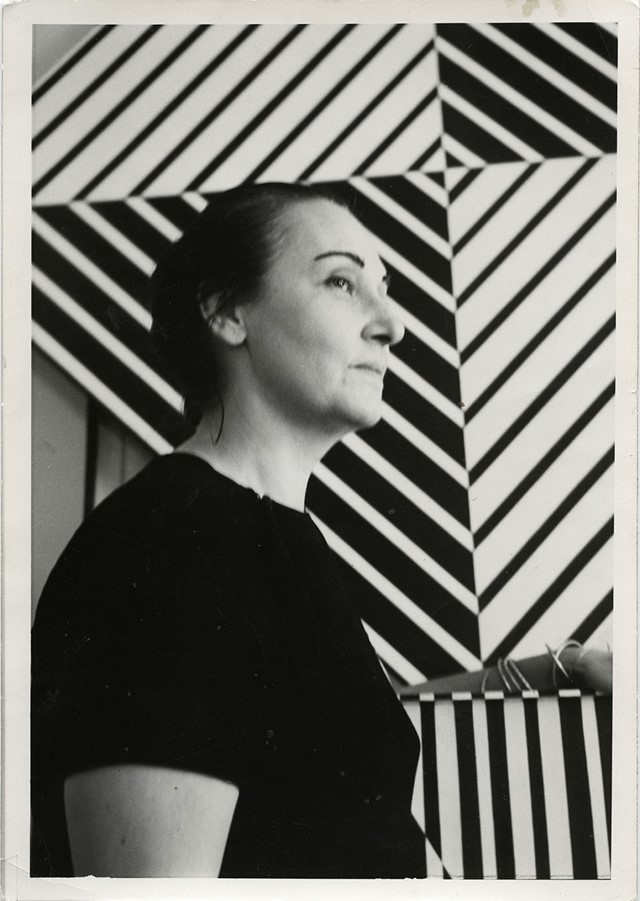We celebrate nine women artists who continued to break boundaries well into their nonagenarian years
The Guerrilla Girls are the most famous and unforgettable entity condemning the comparative lack of women in the art industry – who could forget their polemical piece The Advantages of being an Older Woman Artist? – but they are far from the only ones. There remains a small but powerful collection of women who have not only broken down the boundaries pertaining to hold them in place, but who have done so beyond all expectation, continuing to create brilliant and provocative work well into nonagenarian status. We take a look at a few of them.
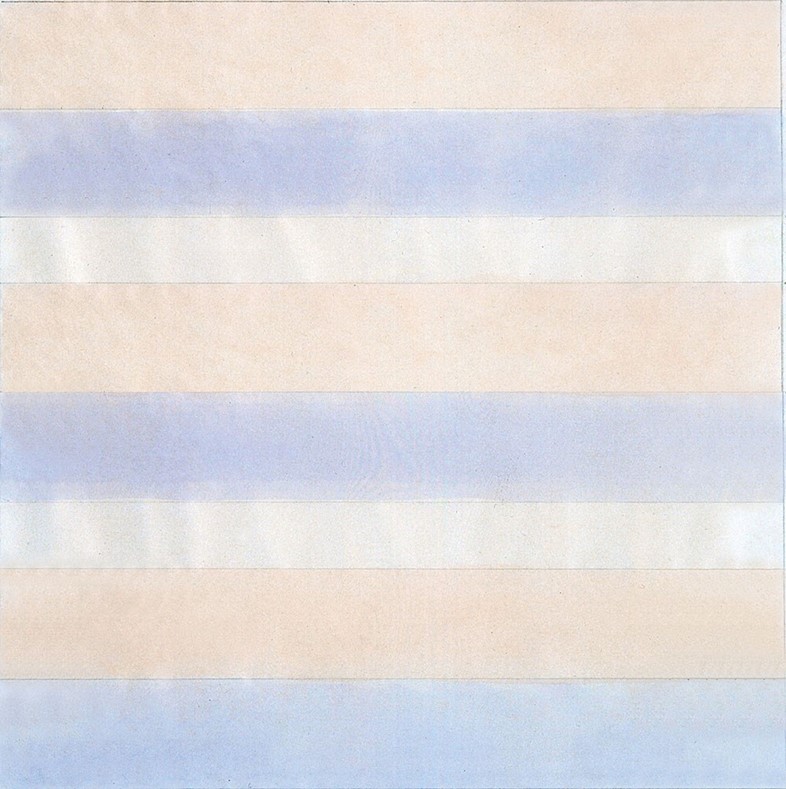
Agnes Martin, lived to 92
Agnes Martin might be the most wonderful paradox in long history of female artists who refused to sit quietly in their assigned categories. Born in Canada in 1912, she first fought her way to prominence in the male-dominated art scene of 1950s and 60s New York, creating highly simplified abstract landscapes in watercolours and oils, and three-dimensional sculptures. In the late 60s, however, following the difficult news that she had been diagnosed with schizophrenia, Martin packed up her belongings and left New York in pursuit of solitude, and after a taking a seven-year hiatus from painting, began to create the quiet, determined abstract works she is best known for.
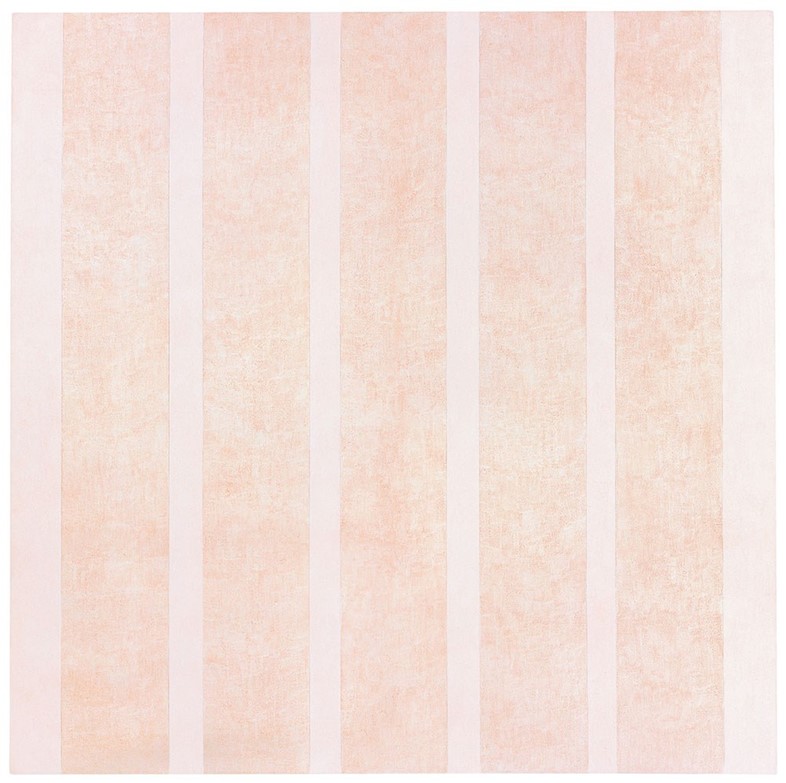
These works, which critics refer to as minimalist but which Martin herself maintained were abstract expressionist, adhere to a rigorous set of self-administered boundaries, and as such they possess a quiet, determined beauty. Her signature muted colour washes and subtle, almost ghostly gradients seem to creep across the canvases, measured and immaculate but powerful nonetheless. She continued to work until her passing in 2004, leaving behind her a magnificent and influential body of work, which has most recently been exhibited in a major retrospective at London’s Tate Modern.

Dorothy Bohm, 92
"I have spent my lifetime taking photographs,” London-based photographer Dorothy Bohm muses proudly on her website. “The photograph fulfils my deep need to stop things from disappearing." Indeed, the body of work Bohm has created over her long lifetime, which spans an escape from Nazi-occupied East Prussia, travels to Russia, Asia and Israel and a spell living in the USA, not to mention co-founding the prestigious Photographers’ Gallery in London, is a plentiful and diverse document of almost 70 years spent behind a camera. Now aged 91, Bohm is based in North London, and is considered one of the most prolific women the medium has known.
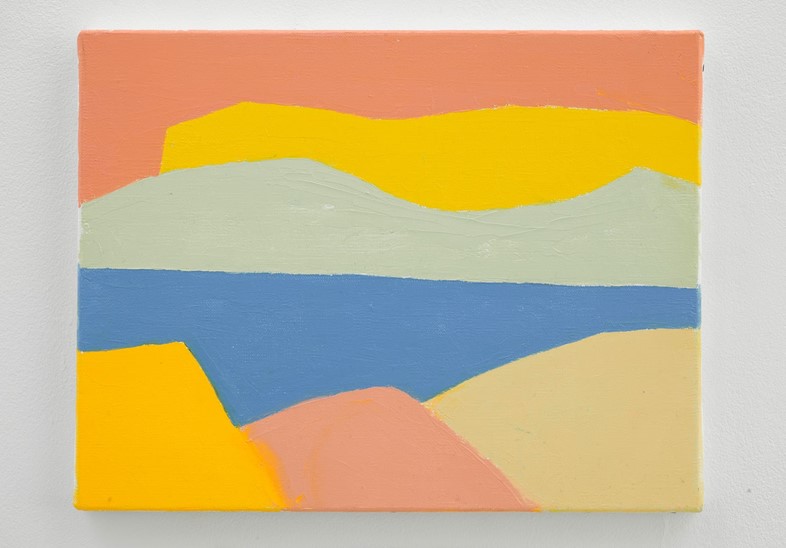
Etel Adnan, 90
There’s something uncommonly joyful about Etel Adnan’s paintings, which sit alongside poetry, essays and film in the collection of media she has mastered over the course of her career. Although Adnan came to painting relatively late in her life – she shifted her practice away from literature and towards the visual arts in solidarity with the Algerian war of independence, which ended in 1962 – her semi-abstracted, small-scale works are uniquely vibrant and powerful. As Hans Ulrich Obrist has said, “her work is the opposite of cynicism. It is pure oxygen in a world full of wars.”
In fact, Adnan’s life has been governed by war – the Greco-Turkish war of 1919 to ’22 which caused her Greek and Syrian parents to move to Lebanon, followed by Algeria’s aforementioned war of independence, and Vietnam in the 60s – and perhaps as a result she has mastered endless languages – English, French, Turkish and Arabic included. Now aged 90, Adnan lives and works with her partner, artist and publisher Simone Fattal between California and London, where she continues to publish an astonishing volume of work.
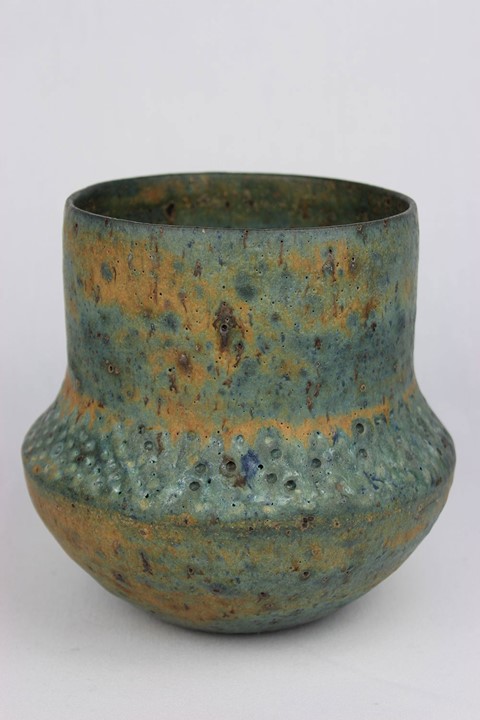
Lucie Rie, lived to 93
Austrian-born potter Lucie Rie forms a prized part of London’s Victoria and Albert Museum’s collection, and with her extraordinary talent for creating brightly coloured and incredibly delicate pots, it’s not difficult to see why. Born in Vienna in 1902, Rie set up her first studio at the young age of 23, and won a silver medal at the Paris International exhibition at 35 before leaving Nazi-occupied Austria for London the following year.
The jewellery and buttons she made to fund her practice while in London are now included in the V&A’s collection, alongside a reconstruction of her studio, which had originally sat in a converted stable near Hyde Park. She sadly stopped making work due to health difficulties at the age of 88, passing away five years later, but her bowls and vases continue to be exhibited around the world.
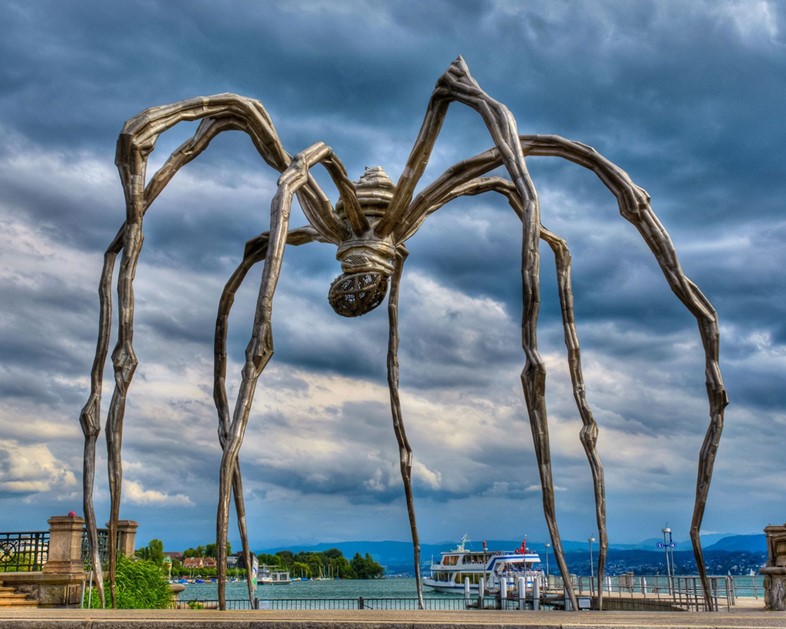
Louise Bourgeois, lived to 98
You’d be hard-pressed to find a female artist who has contributed as much to contemporary culture as Louise Bourgeois – visionary, spiderwoman and fiercely feminist sculptor. Born in Paris in 1911, a childhood spent in and around her parents’ tapestry restoration studio encouraged her to subvert the form with fabric drawings, tapestries and large scale fabric sculptures, but she was by no means restricted to typically feminine media. “An artist can show things that other people are terrified of expressing,” she once said.
Bourgeois was powerfully direct in her examination of female physicality, psychology and sexuality, creating mammoth sculptures, the most famous of which are her six monumental bronze spiders, entitled Maman. Throughout her life she transformed complex personal experiences into haunting, compelling and forcefully present works, and at 90 years old she was still working six days a week, resting on Sundays only because it was her assistant’s day off.
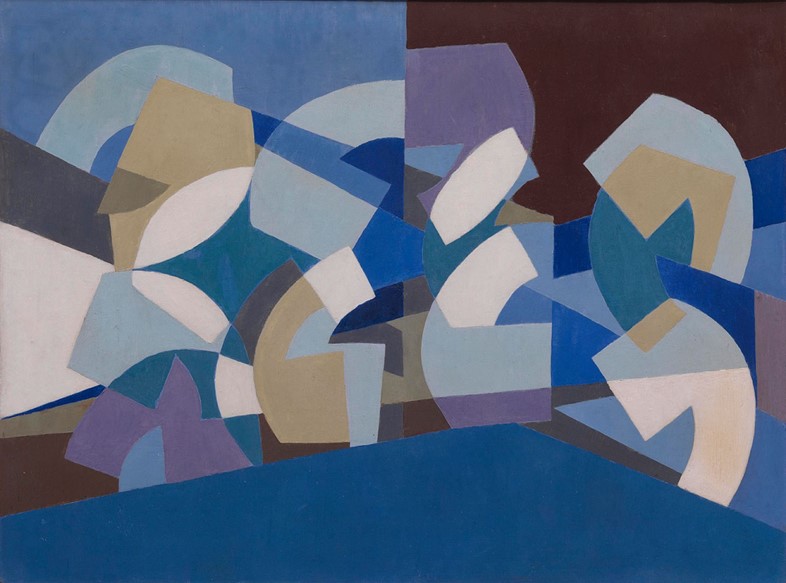
Saloua Raouda Choucair, 99
Like many of her contemporaries, Beirut-born artist Saloua Raouda Choucair was 46 before she sold anything in her own country, but as one of few women to emerge from the Middle East in the mid-20th century, her voice resonates longer and louder than most. She spent time studying with Fernand Léger in post-war Paris where she took part in a number of exhibitions, at one of which the Lebanese ambassador to France allegedly said to her: "Your work is curious, Miss Raouda. Have you not done any Lebanese work for us?"
She returned to her homeland in the early 1950s where she continued to make her geometric, abstract work for the rest of her life, resulting in her first major retrospective in London, at the age of 97. Her solo existence as a woman in the Lebanese art industry pushed her to experiment more than her male peers, with the result that she is now considered responsible for having introduced Abstraction to artists in the region.
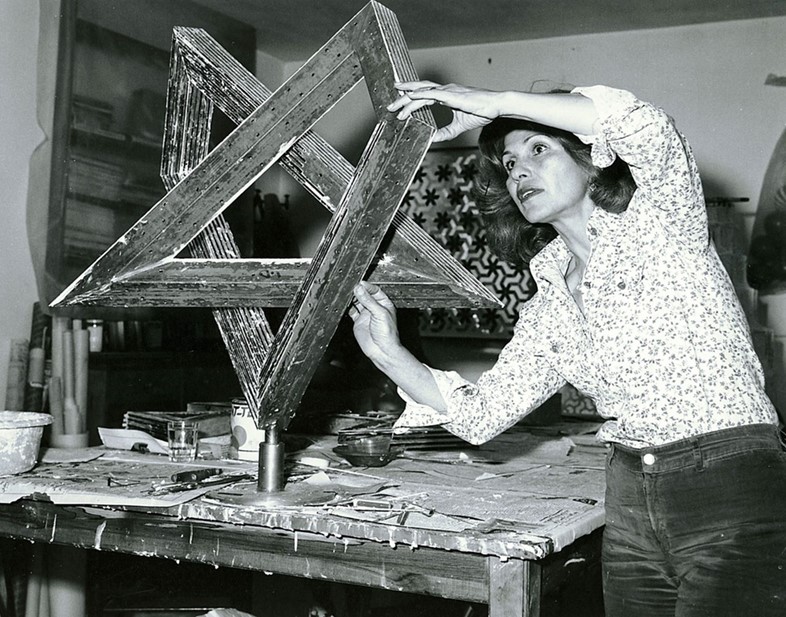
Monir Shahroudy Farmanfarmaian, 91
Monir Shahroudy Farmanfarmaian’s most recent exhibition took place only six months ago, a retrospective at New York’s Guggenheim Museum, where the 91-year-old artist reflected on a visit to see Frank Lloyd Wright’s now-famous spiral opened almost 50 years earlier. This notion of “reflection” is particularly apt in Farmanfarmaian’s case, not least because, for 30-odd years now, the Iranian artist’s work has been preoccupied with mirrors.
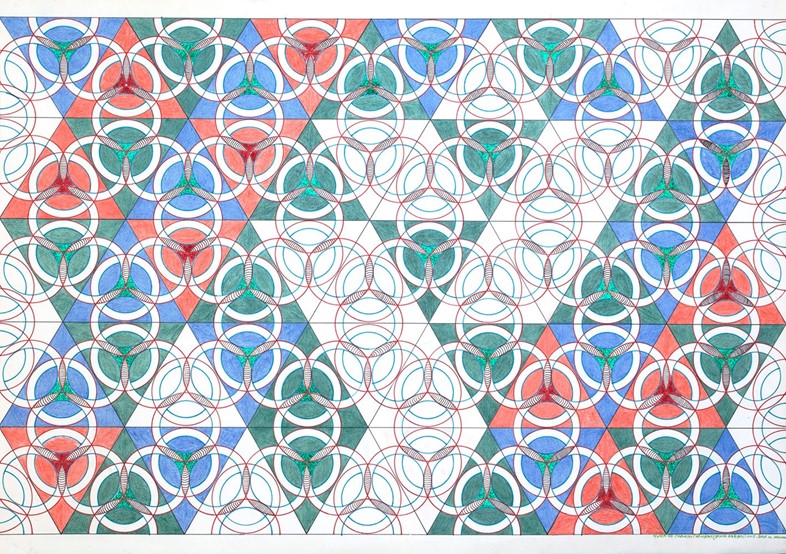
Initially inspired by mosques, her work connects traditional Iranian mathematical patterns with Western minimalist shapes to create high decorative and utterly irresistible pieces. From large-scale three-dimensional sculptures to fragmentary canvases, shimmering with tiny portions of the viewer’s reflection, they're extraordinary, for their beauty and complexity.
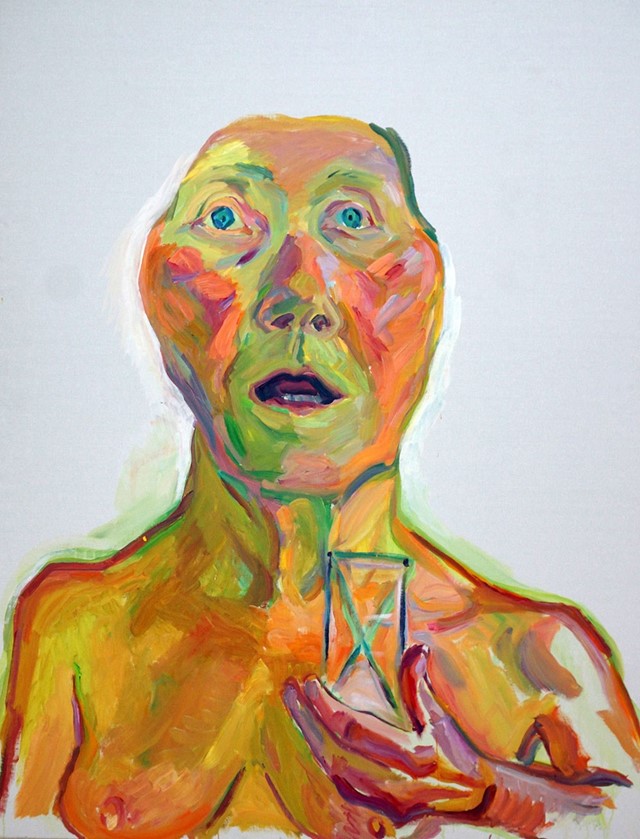
Maria Lassnig, lived to 95
Not only did Austrian artist Maria Lassnig coin the term “body consciousness” to describe her unique and otherwise ineffable practice, she also continued to shock her audience with her unflinching focus on the human body right to the end of her career, which is no small feat for an artist who passed away aged 95.
Lassnig focused mainly on highly confrontational self-portraits. The term “body consciousness” refers to the technique of painting one’s body as it is felt, and the practice results in bizarre, formless, even grotesque shapes, all missing limbs and sexual organs, and it is defiantly feminist in its outlook.
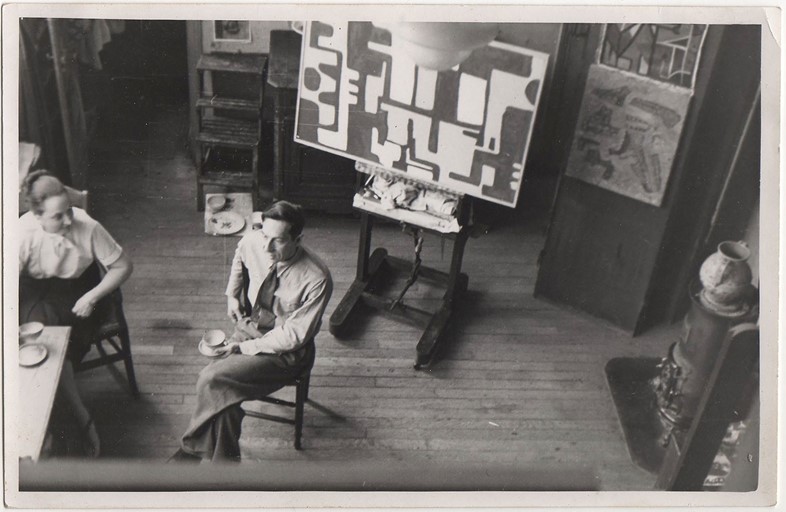
Carmen Herrera, 100
Though she is technically no longer a nonagenarian (having recently celebrated her 100th birthday) abstract minimalist painter Carmen Herrera is simply too influential an artist to exclude from a list celebrating her age bracket. She was born in Havana a century ago, she moved between France and Cuba throughout the 1930s and 40s before settling in New York in 1954, where she continues to live and work today.

“Don’t be intimidated about anything,” was the advice she had to offer in an interview a few months ago, and considering that she worked for more than 50 years before selling her first painting only 11 years ago at the grand age of 89, teachers don’t come much more sage than Herrera.
